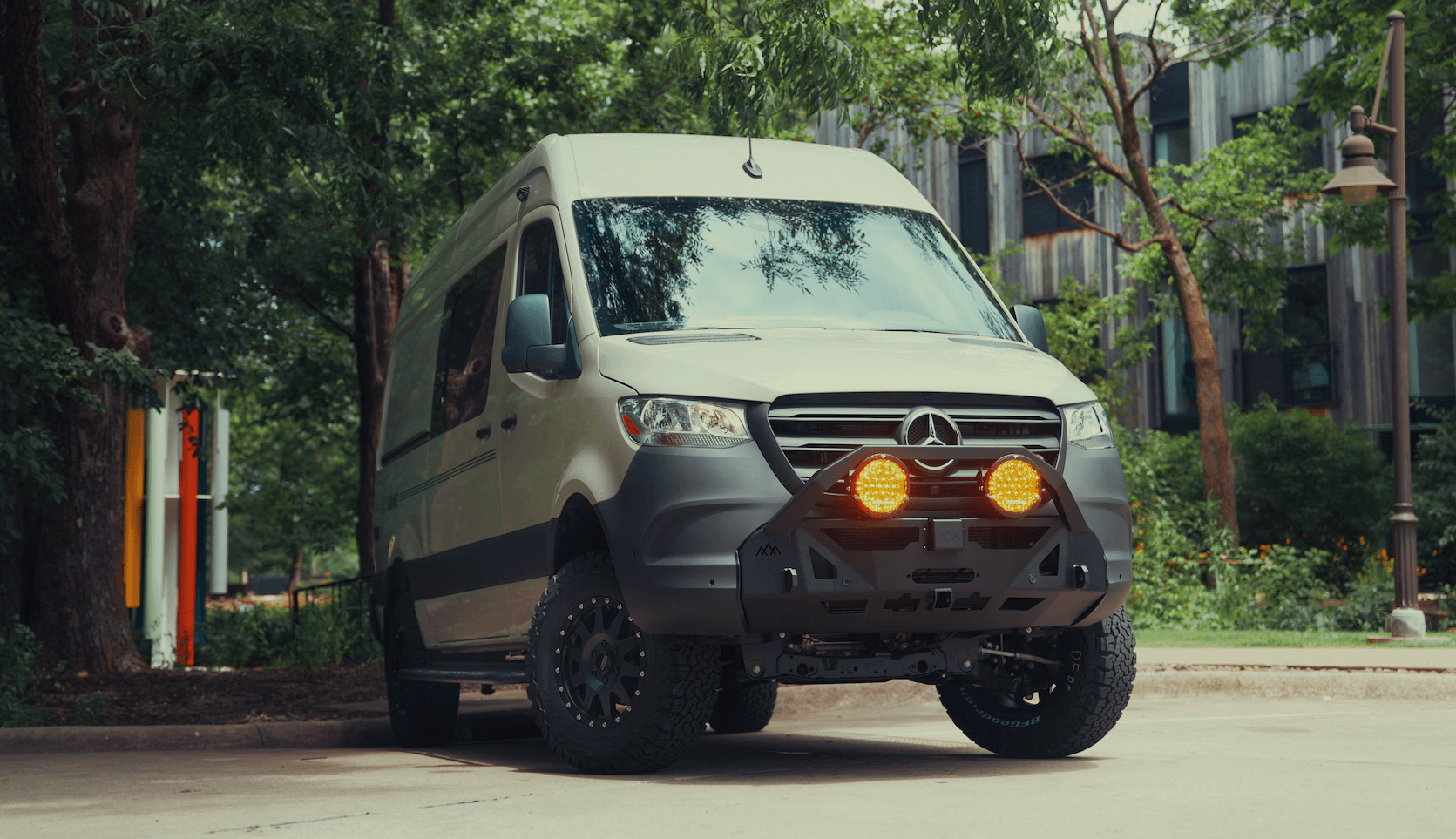Recreational Vans

Axle weight limits in vans are set by the manufacturer and printed on the certification label inside the driver door. Those limits are the Gross Axle Weight Ratings for front and rear. The whole vehicle also carries a Gross Vehicle Weight Rating, which is the maximum safe weight of the van with people, gear, fuel, and options. Payload is the difference between the GVWR and the actual curb weight as delivered. Exceeding GAWR or GVWR can overstress tires and brakes, increase stopping distances, and invite component failure.
Front and rear axles share the total vehicle weight, but not evenly. The rear axle often carries more because of cargo area location and rear overhang. Add water tanks, bikes, or a hitch rack and the rear axle can reach its rating long before the total weight hits GVWR. A tongue weight from a trailer moves additional load to the rear axle while also transferring some from the front, which can reduce steering feel. The safest practice is to measure, not guess.
The door placard shows GAWR front, GAWR rear, and tire size with required cold pressure. Tire load index must meet or exceed the axle rating on both sides combined. Upgrades like stiffer springs or airbags can improve ride height and control, but they do not raise GAWR or GVWR because those ratings are tied to the axle, frame, brakes, and wheels as tested and certified. If you change tire size or load index, you must confirm that the combined tire capacity still meets the axle rating at the listed pressure.
A tire with a higher load index can add margin, but the axle rating still governs. Brake capacity and wheel load limits matter as much as rubber. Running underinflated tires reduces capacity, builds heat, and risks failure. Use the pressure on the placard as a baseline, then adjust within the approved range for actual load, keeping sidewall specs and tire maker guidance in view. Rotating heavy items forward helps the front axle share the work and keeps steering precise.
Best practice starts with a packing plan. Keep dense items low and centered between the axles. Water, batteries, and tool storage should live near the middle of the wheelbase when possible. Large rear overhang multiplies load on the rear axle, so long objects that extend past the rear bumper have more leverage than their scale weight suggests. Before a big trip or after upfitting, visit a certified public scale and record separate axle weights with normal passengers and a full tank.
At a multi platform scale, you can capture front axle, rear axle, and total weight in one pass. Compare each number to its rating, not just the total. If the rear axle is close to its limit, move heavy items forward, drain non essential water, or rethink bike and gear placement. If towing, add the trailer to the scale and measure again with the tongue weight on the hitch. Confirm that the hitch and receiver are rated for the load and that the rear axle remains within GAWR.
A quick method to estimate payload is GVWR minus actual weight as driven. If your van weighs 7,600 pounds at the scale and the GVWR is 9,050 pounds, you have 1,450 pounds of payload for passengers, gear, and tongue weight. Now split that carefully between axles. A 500 pound motorcycle on a carrier that sits far aft can add more than 500 pounds to the rear axle because of leverage. Moving that same mass forward over the axle reduces the rear load and restores balance to the front.
Cabinetry, beds, galley modules, and power systems all count toward weight. Every pound has to live on an axle, and not all pounds are equal in their effect. Locating batteries near the center, selecting lighter materials, and using modular storage can preserve payload for bikes and boards. Remember, suspension enhancements improve control but do not change the legal ratings. Build in a safety margin so trips stay calm when fuel, food, and water top off.
Overweight axles can attract citations and may complicate insurance claims after a crash. More importantly, braking and heat management suffer when limits are ignored. Keep a log of scale tickets after major changes and note tire pressures for each configuration. If your travel pattern changes, weigh again. Safe vans feel planted under braking, track straight in wind, and do not bottom out over dips. The numbers on that door label are the roadmap to that feeling.
When we design a van, we plan around GAWR and GVWR from the first sketch. Equipment placement, tire and wheel choices, and storage strategy all aim to keep each axle inside its rating without guesswork. See our current approach to layouts on Recreational vans. If you want a start to finish build that respects the math and the miles, explore Custom van builds. Shopping platforms that finance well and carry useful payloads? Browse Mainstream vans.
Your next adventure should feel steady, quiet, and predictable because the load is right and the ratings are respected. Tell us how you travel, what you carry, and where you go. We will map axle loads, choose components that fit your needs, and deliver a van that drives exactly the way it should. Submit the form and let OZK Customs engineer your weight smart build.
Ready for a van that carries its weight safely and confidently? Our team models payload, axle balance, and component ratings before a single bolt turns. Tell us how you travel, and we will design a build that stays within GAWR and GVWR without sacrifice. Submit the form and get a weight smart plan from OZK Customs.
ADDRESS:
6159 E Huntsville Rd, Fayetteville, AR 72701
PHONE:
(479) 326-9200
EMAIL:
info@ozkvans.com